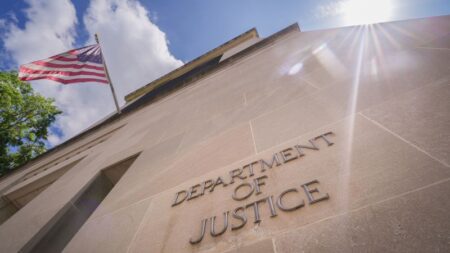In the latest news narrative covering a myriad of pressing political issues, one of the central stories unfolds around the theme of power dynamics involving Donald Trump and significant global players, particularly Vladimir Putin. The dramatic headlines from major publications emphasize the threats made by Trump regarding Russia’s ongoing war in Ukraine, where he has stated that Moscow should brace itself for dire economic consequences if the conflict persists beyond a stipulated 50-day timeline. The reporting indicates that Trump, now having resumed the role of front-runner in American politics, is leveraging his position to pressure Russia into negotiating a peace deal.
The Financial Times, among others, has taken a keen interest in Trump’s ultimatum, highlighting his proposition of imposing 100% “secondary” tariffs on Russian imports should they fail to cease hostilities. This a strategic economic maneuver that Trump believes would severely impact the Russian economy. Concurrently, the visuals accompanying these headlines depict a pivotal meeting between Trump and NATO chief Mark Rutte at the White House, signaling a renewed commitment to European security amid escalating tensions with Russia.
The shift in the narrative is not solely focused on Trump’s proclamations against Russia. Other major British newspapers, such as The Guardian and Daily Telegraph, have also weighed in, framing Trump’s warnings against the backdrop of NATO’s newly minted arms agreement with Ukraine. These developments illustrate a broader coalition formed to counteract the Russian military advances, thereby reinforcing NATO’s commitment to aiding Ukraine in its defense.
In parallel with these global discussions on foreign policy, a rather shocking local story is gaining attention involving Constance Marten, labeled in the media as the “killer aristocrat.” The Daily Mail’s coverage details the controversial life of Marten and her partner Mark Gordon, revealing that their first four children were taken into care due to allegations of severe neglect. Gordon’s history, including a 20-year prison sentence for rape, adds a disturbing layer to the storyline. As the details of their tragic situation unfold, societal reactions continue to be layered and complex, with media outlets grappling to understand the implications of their past actions.
The coverage of Marten’s case evokes a wider societal conversation about parental rights and the responsibilities that individuals have towards their children. As the media continues to explore this narrative, public interest seems deeply divided between sympathy for the plight of children and outrage at the failures that allowed such circumstances to occur.
Furthermore, in an unrelated yet equally engaging story, the Daily Mirror front page captures attention with its focus on allegations against television personalities Gregg Wallace and John Torode, stemming from an internal BBC inquiry into the usage of racially charged language. The headlines underscore the fallout and the potential repercussions of these allegations not just for the individuals involved, but for the entire production landscape in the television industry.
As we traverse through the new cycles, another layer of discourse emerges around economic concerns linked to the ongoing budgetary changes proposed by the government. Reports from the Daily Express indicate an impending rise in taxes targeted primarily towards middle-income earners, which underlines the rising tensions surrounding the economic landscape amid shifting political priorities.
Lastly, this multifaceted narrative landscape is punctuated by more trivial stories, such as sports victories and entertainment, hinting at the lighter side of global news. This reflects the overarching trend in journalism to create a balance between serious political discourse and daily life, helping audiences engage with a wide spectrum of issues.
In conclusion, the interweaving of international political tensions, domestic controversies, and socio-economic issues presents a dynamic tableau reflective of today’s ailing but resilient global landscape. As media shapes the narrative, it not only informs public opinion but also underlines the urgency of nuanced conversations around accountability, governance, and societal responsibilities. Each story not only highlights the ephemeral nature of news but also the persistent relevance of context, legacy, and consequence in shaping public discourse.











